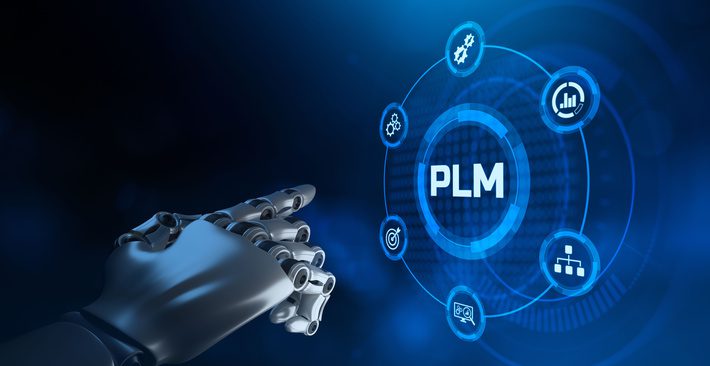
Science is a very crucial and important part of our lives nowadays, through which we can solve any difficulties in our lives. However, we only know little about how science has to go through many problems of its own. In order to apply this science and overcome the problem, data is required. This term ‘Data Science’ was discovered in the 90’s. Moreover, to achieve this, a systematic flow with a general structure needs to take place which is known as ‘Data Science project life cycle’.
The entire process of how a complete life cycle of data science project takes place includes several successful steps such as data preparation, cleaning, model evaluation, modeling, etc. These steps rely on numerous data science tools and data scientist skills. To be more specific, a globally accepted structure is followed in order to solve any analytical problems, known as Cross Industry Standard process. According to this process, there are standard steps for data science projects- Data Acquisition, Data Preparation, Hypothesis and Modeling, Evaluation and interpretation, Deployment, Operations and Optimizations. To complete a life cycle of data science project, these steps are required to be achieved.
1) Data Acquisition– In order to do Data science, first, we need data. Data needs to be acquired according to the question which needs to be answered. Questions related to dataset and a fitting business goal will make this process quite smoother and easier.
2) Data Preparation– This step is the most important and the most time consuming of all the others things. This is also known as data cleaning or wrangling step. It identifies several issues of data quality. As the first step of data acquisition might include missing data or errors, so data preparation helps to solve these errors or missing data entirely in order to move forward to the next step. It basically reformats the data and cleans it. Exploratory Data Analysis (EDA), which is a core part of this step, helps it through identification in order to summarize it by finding the correct sets of models required for it.
3) Hypothesis and Modeling– This step analyses and extracts valid business perceptions from data by writing, running and rectifying the programs. It changes the format of the data into the best fitted machine learning model for that particular business requirement with a proper balance.
4) Evaluation and Interpretation– Evaluation makes sure the accuracy and relevance of the machine learning model. Different performances require different evaluations and this step helps with how accurately it performs and if the model actually answers the original question or not.
5) Deployment– After evaluation, the model is deployed in the desired channel and format. It is deployed to run a test in the real environment to get a feedback of the model. It records the feedback and helps to decide the changes it needs to have a more accurate final result.
6) Operations or Maintenance– This step processes a plan to make the data science project work properly in the long run. It monitors the performance to make sure that there are no errors or mistakes left for it to work accurately in the future.
7) Optimization- This final step retrains the machine learning model in production in order to make sure that any further problems are corrected to keep up the performance of the model.
The steps mentioned above are the complete life cycle of a data science project. It is an iterative process which needs many repetitions until perfection is achieved. Every step is important in order to have a proper and accurate outcome of a data science project.
